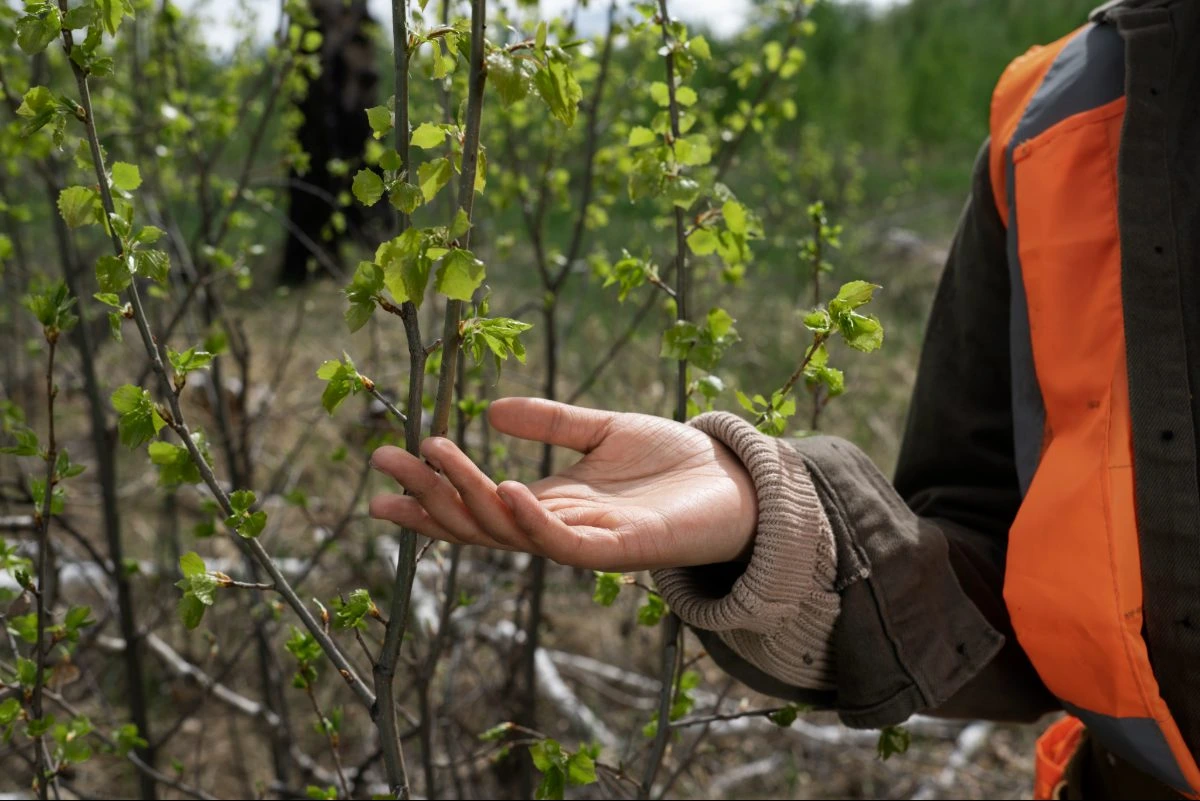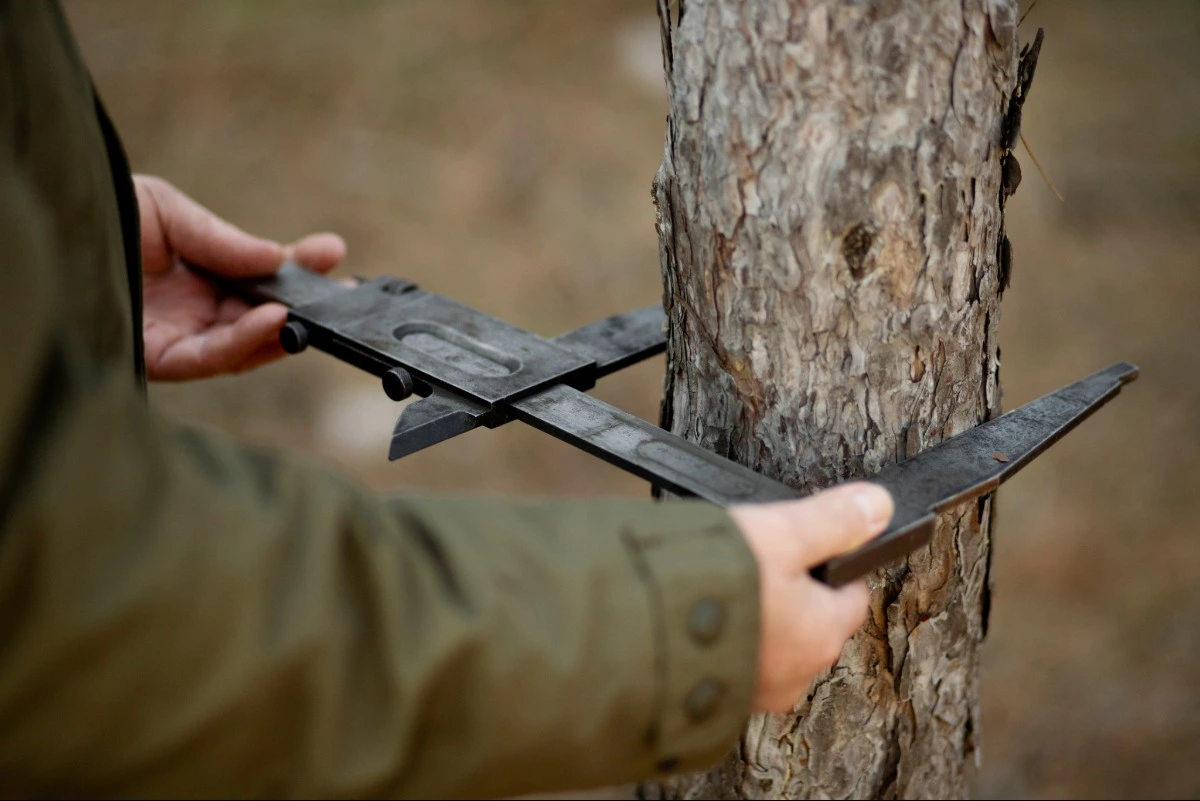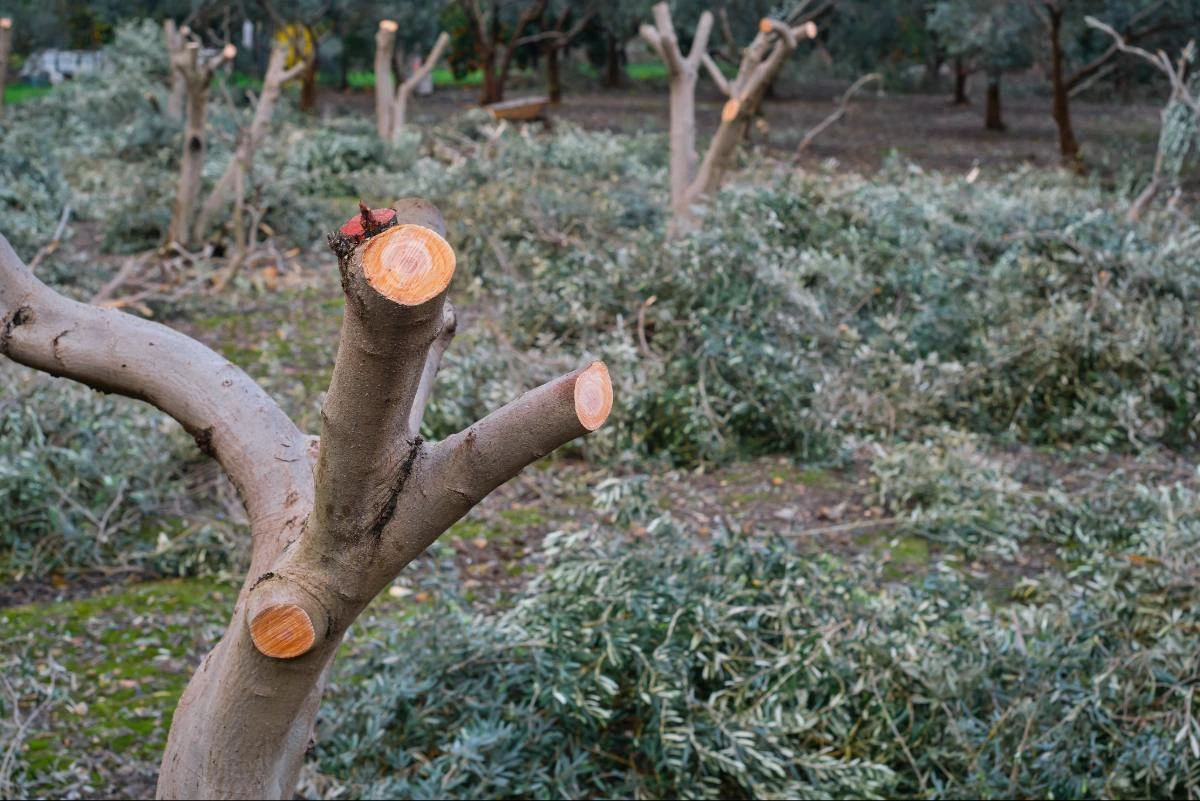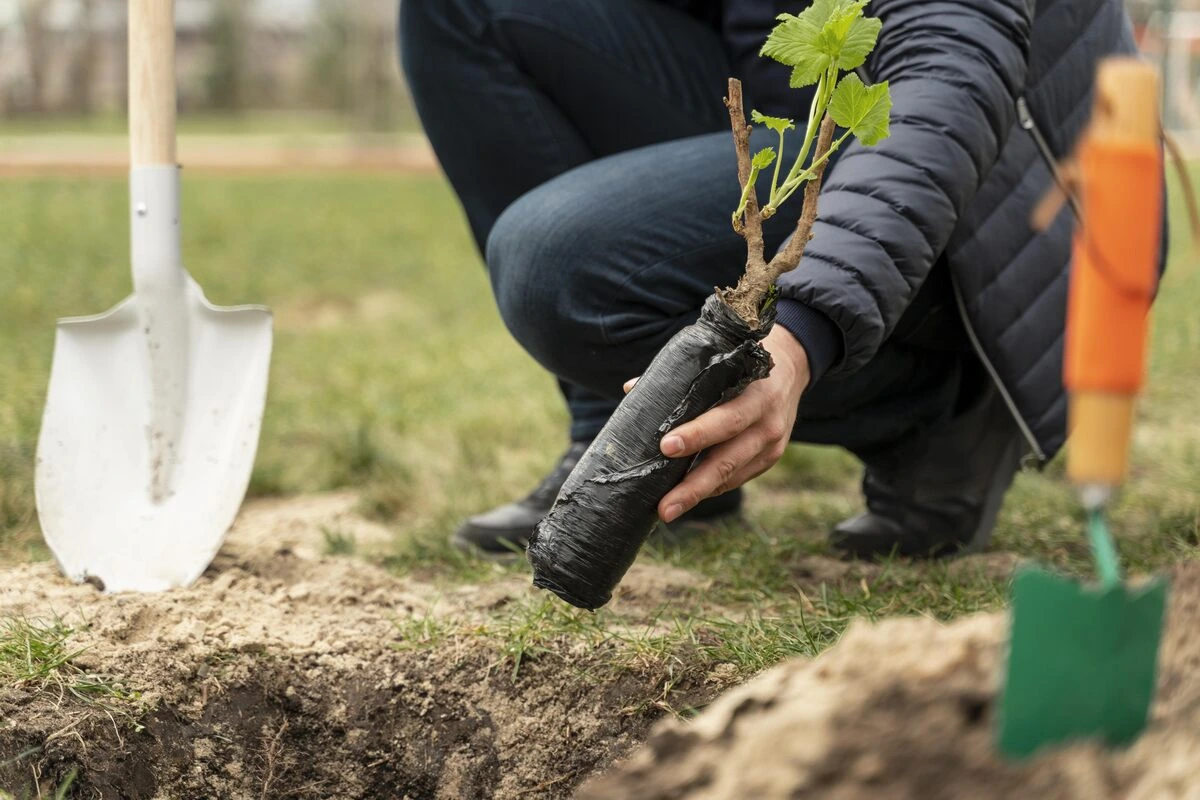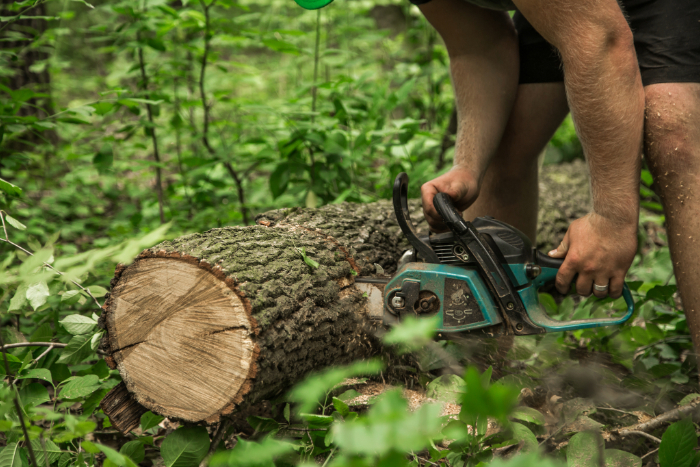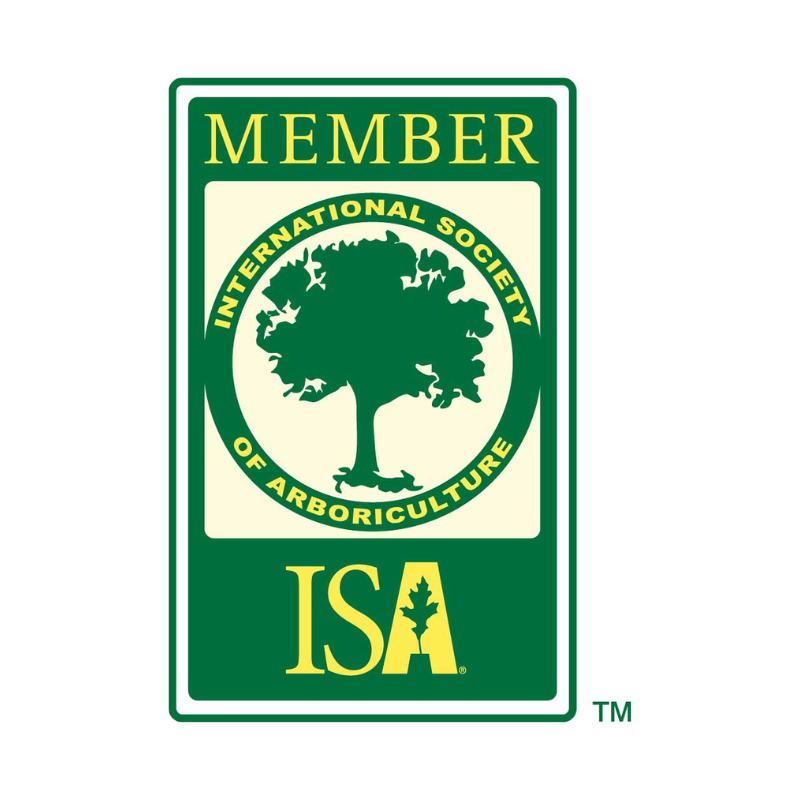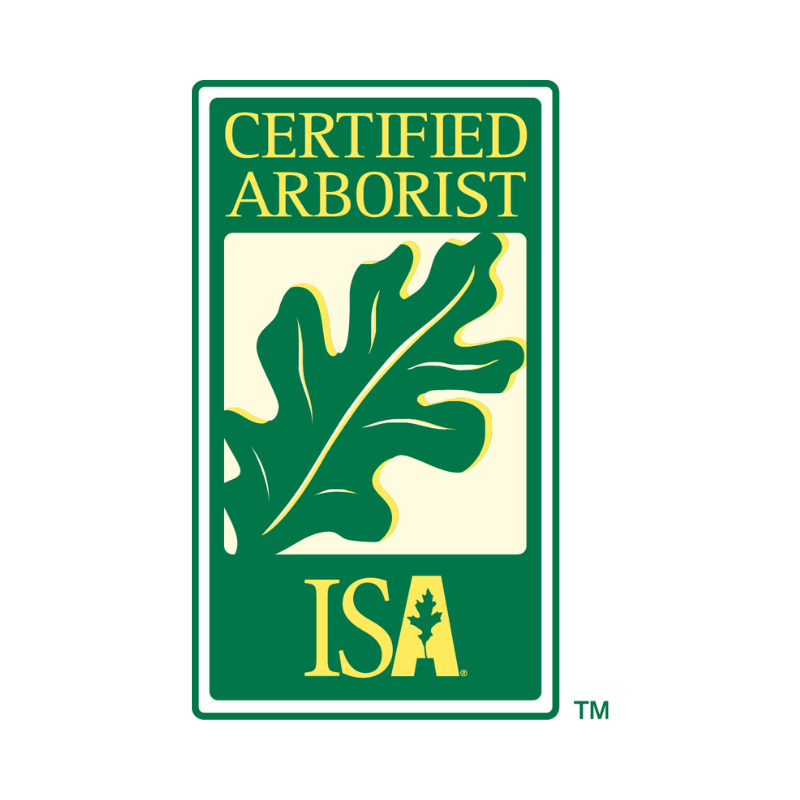Signs Your Tree Needs Professional Help: How to Spot Diseases and Issues in Dallas County Trees
In Dallas County, where intense heat waves, sporadic droughts, and sudden storms are part of everyday life, trees face constant threats that can turn a healthy landscape into a liability. Homeowners in neighborhoods like Colleyville and Grapevine often notice subtle changes—a wilting branch here, discolored leaves there—but these could signal serious issues like oak tree disease in Dallas or broader tree health problems. Ignoring them might lead to irreversible damage, safety hazards, or even the need for complete removal, especially with prevalent conditions such as oak wilt, which continues to affect oaks across North Texas in 2025.
At The Lawn Firm, a family-owned tree service company with over 30 years of experience serving Dallas County and Tarrant County, we specialize in identifying and addressing these challenges early. Our ISA-certified arborists, who maintain their expertise through ongoing continuing education units (CEUs) and hold TRAQ (Tree Risk Assessment Qualification) certifications, provide personalized, eco-friendly solutions tailored to North Texas’s unique clay soils and climate. We emphasize sustainable practices to keep your trees thriving without harsh chemicals.
This guide empowers you to spot signs your tree needs professional help, covering common symptoms, specific diseases like tree disease treatment in Dallas, and when to act. Drawing from local insights and authoritative sources, we’ll help you protect your property. If you’re seeing worrisome changes, don’t wait—schedule a free consultation with our experts today at +1 817-545-6396 or info@thelawnfirm.com. Early tree health evaluation can save your trees and your wallet.
Common Signs of Tree Distress in North Texas
Before diving into specific diseases, recognize the early warning signs that indicate your tree might be struggling. In Dallas County’s variable weather, these symptoms can appear suddenly, especially after summer heat or winter freezes. Paying attention helps prevent escalation.
- Leaf Changes: Wilting, yellowing (chlorosis), or premature dropping often points to water stress, nutrient deficiencies, or infections. For instance, leaves with brown edges might signal bacterial leaf scorch, common in hot Tarrant County summers.
- Bark Issues: Cracks, peeling, or oozing sap can indicate cankers or fungal invasions. Look for dark, sunken areas on trunks, a hallmark of hypoxylon canker in stressed trees.
- Branch Dieback: Dead or dying branches from the top down (crown dieback) suggest root problems or vascular diseases like oak wilt.
- Unusual Growth: Mushrooms at the base, excessive suckers, or stunted growth could mean root rot or pest infestations.
- Pest Activity: Holes in bark, sawdust-like frass, or visible insects like emerald ash borers (a growing concern in North Texas as of 2025) often accompany diseases.
These signs vary by tree type—live oaks might show veinal necrosis from oak wilt, while Chinese pistache could exhibit leaf spot. Regular inspections, especially in Southlake’s urban settings, are key. For a thorough check, our team offers free initial visits. Learn more about our tree health evaluation services to diagnose issues accurately.
Specific Tree Diseases Prevalent in Dallas County
North Texas’s climate fosters several tree diseases, with oak wilt remaining a top threat in 2025 according to recent updates. Here, we break down the most common ones affecting Dallas County trees, based on local reports and expert guidelines.
Oak Wilt: A Deadly Fungal Threat
Oak wilt, caused by the fungus Bretziella fagacearum, spreads rapidly through root grafts or sap-feeding beetles, killing trees within months. In Dallas County, red oaks show foliar symptoms like browning from the tips, while live oaks exhibit veinal chlorosis—yellow veins on green leaves. As of 2025, prevention programs like cost-share suppression initiatives are active to curb outbreaks.
Avoid pruning oaks from February to June to prevent spread. If suspected, immediate action is crucial—our ISA-certified arborists can confirm via lab tests and provide tree disease treatment in Dallas, including fungicide injections.
Hypoxylon Canker: Stress-Induced Decay
This opportunistic fungus targets weakened trees, often after drought or injury, causing bark to slough off and reveal silvery mats. Common in post oaks and elms in Tarrant County, it thrives in 2025’s ongoing dry conditions. Symptoms include thinning canopy and dieback.
Healthy trees resist it better, so focus on proper watering and mulching. If advanced, removal may be needed—link to our tree removal services for safe handling.
Bacterial Leaf Scorch and Fire Blight
Bacterial leaf scorch affects sycamores and maples, causing scorched leaf margins that mimic drought. Fire blight, bacterial in nature, hits pears and apples with blackened shoots resembling fire damage. Both are exacerbated by North Texas heat.
Antibiotics can manage fire blight if caught early, but prevention through resistant varieties is ideal.
Anthracnose and Leaf Spot Diseases
Anthracnose, a group of fungal infections, causes irregular leaf spots and defoliation in cool, wet springs—relevant even in 2025’s variable weather. Leaf spot appears as circular lesions on oaks and elms.
Fungicides help, but cultural practices like raking debris prevent recurrence.
Root Rot and Other Fungal Issues
Cotton root rot and ganoderma cause wilting and basal decay, thriving in poorly drained Dallas County soils. Emerald ash borer infestations, while a pest, often lead to secondary diseases in ash trees.
Symptom Comparison Table
| Disease | Primary Symptoms | Affected Trees | Season of Concern |
|---|---|---|---|
| Oak Wilt | Veinal necrosis, rapid defoliation | Oaks (live, red) | Year-round, peaks Feb-June |
| Hypoxylon Canker | Bark sloughing, dieback | Stressed hardwoods | Summer drought |
| Bacterial Leaf Scorch | Scorched margins | Sycamores, elms | Hot summers |
| Anthracnose | Leaf spots, twig dieback | Shade trees | Wet springs |
| Root Rot | Wilting, mushrooms at base | Various | Poor drainage periods |
This table highlights overlaps—consult professionals for accurate diagnosis. For more on seasonal care, check our Ultimate Guide to Tree Care in North Texas.
Pests vs. Diseases: Distinguishing the Culprits
While diseases are fungal or bacterial, pests like borers or aphids can mimic or exacerbate them. In Tarrant County, emerald ash borers create D-shaped holes, leading to decline. Integrated pest management, using beneficial insects, differentiates our eco-friendly approach at The Lawn Firm.
If unsure, a free consultation reveals the root cause. Contact us at +1 817-545-6396 for expert insights.
When to Call a Professional for Tree Health Evaluation
DIY inspections are helpful, but professional intervention is essential when signs persist or worsen. In Dallas County, structural weaknesses from diseases increase storm risks—our TRAQ-certified assessments identify hazards.
Call if:
- More than 25% of the canopy is affected.
- There’s leaning or root exposure.
- Pests or fungi are visible.
- The tree is near structures.
Our process includes on-site evaluation, lab testing if needed, and customized plans. Schedule a tree health evaluation in Dallas via our arborist consultations page.
Prevention Tips to Keep Your Trees Healthy
Prevention beats cure—maintain vigor through deep watering, mulching, and soil testing. Avoid wounding trees during oak wilt season, and plant diverse, native species like Chinese pistache for resilience.
Regular monitoring, especially in Fort Worth’s urban heat, prevents issues. Our family-owned team provides ongoing maintenance without hype, focusing on sustainability.
Frequently Asked Questions About Tree Diseases in Dallas County
What are the signs of oak tree disease in Dallas?
Look for yellow veins on leaves (veinal necrosis) in live oaks or rapid browning in red oaks. Early detection is key—contact us for a free evaluation.
Why is my tree dying in Dallas?
Common causes include drought stress, oak wilt, or root rot from clay soils. A professional tree health evaluation can pinpoint the issue.
How do I get tree disease treatment in Dallas?
Start with a certified arborist diagnosis. We offer fungicide injections and removals—schedule a free consultation today.
Is oak wilt still a problem in North Texas in 2025?
Yes, with ongoing outbreaks; avoid pruning February-June.
What pests cause tree issues in Tarrant County?
Emerald ash borers and aphids weaken trees, leading to diseases. Our integrated management addresses both.
Can I prevent hypoxylon canker in my trees?
Yes, by reducing stress through proper care. For tips, see our seasonal guide.
When should I remove a diseased tree?
If it’s a safety risk or beyond treatment—our TRAQ experts assess during free visits.
Do you provide eco-friendly tree disease treatments?
Absolutely, prioritizing organic methods for Dallas County properties.
Protecting your trees starts with knowledge, but expert help ensures longevity. At The Lawn Firm, we’re here for Dallas County and Tarrant County residents with reliable, high-touch service. Reach out for a free consultation at +1 817-545-6396, info@thelawnfirm.com, or visit 1603 Hall-Johnson Rd, Colleyville, TX 76034. Your landscape’s health is our priority—let’s safeguard it together.

